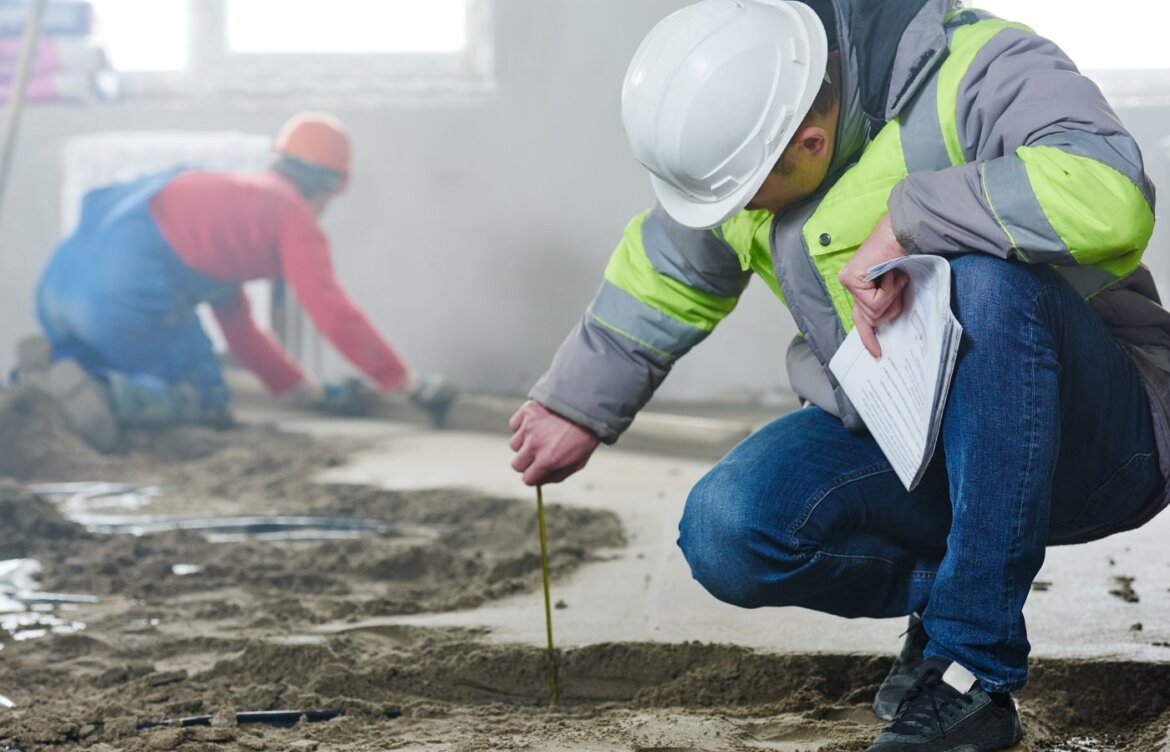
When (and Why) to Reseal Your Concrete
Concrete is tough — that’s why we use it for driveways, patios, sidewalks, and steps. But even something as strong as concrete needs a little care over time. One of the most important things you can do to protect it is reseal it.
So, what exactly does that mean? And how do you know when it’s time?
Let’s break it down.
What Does Sealing Concrete Do?
Concrete sealers act like a protective shield. They:
-
Block water from soaking in (which helps prevent cracks)
-
Protect against oil stains, road salt, and chemicals
-
Help the surface resist fading from sun exposure
-
Keep decorative concrete (like stamped or colored surfaces) looking fresh
Think of it like wax on a car — it doesn’t stop the wear and tear, but it slows it down and keeps things looking sharp.
How Often Should You Reseal Concrete?
It depends on the surface and how it’s used:
| Surface Type | Suggested Resealing Schedule |
|---|---|
| Stamped Concrete | Every 2–3 years |
| Driveways (high traffic) | Every 2 years |
| Patios/Walkways (low traffic) | Every 3–4 years |
| Color-enhanced or decorative finishes | Every 2 years to preserve appearance |
Pro Tip: If your surface looks dull, patchy, or isn’t repelling water like it used to — it’s time to reseal.
Why Resealing Matters
Prevents Cracking and Surface Damage
Moisture is the enemy of concrete. When water soaks in and freezes, it expands and causes cracks. A good sealer helps stop that from happening.
Keeps Decorative Concrete Looking New
If you paid extra for stamped patterns or color finishes, sealing helps preserve that investment. Without it, colors fade and surfaces get dull.
Makes Cleaning Easier
Sealed concrete is smoother and less porous, which means dirt, oil, and leaves don’t stick as easily — making cleanup faster.
Protects Against Salt and Winter Weather
In areas with freezing temperatures and road salt (like South Jersey), sealing creates a barrier that protects your surface through the seasons.
How Do I Know If My Concrete Needs Resealing?
Here are some quick tests:
-
Water Test: Pour some water on the surface. If it soaks in quickly and darkens the concrete, the sealer is probably worn off.
-
Visual Check: Dull, uneven color or faded patterns are signs it’s time.
-
Surface Feel: If the surface feels dry and chalky or if dust rubs off onto your hands, it’s probably due.
DIY or Hire a Pro?
Small patios or walkways can sometimes be sealed by homeowners using store-bought sealers, but stamped or colored concrete often needs professional products and techniques to avoid streaks or a slippery finish.
At Hector Torres Concrete, we offer resealing services for both new and older concrete surfaces. We can help revive your driveway or patio so it looks like new again — and lasts even longer.
Final Thought
Resealing concrete is a small step that makes a big difference. If you’re not sure when your last reseal was — or if it’s ever been done — it might be time. And don’t worry, we’re happy to take a look and give you honest feedback.
